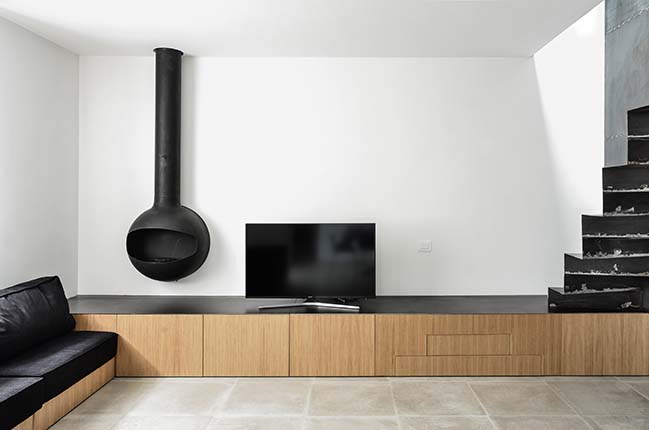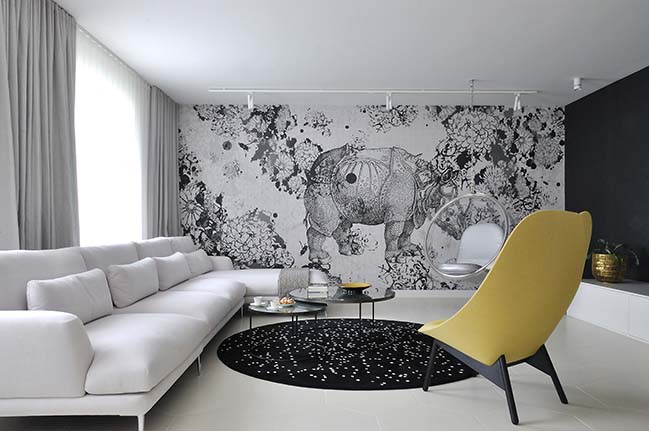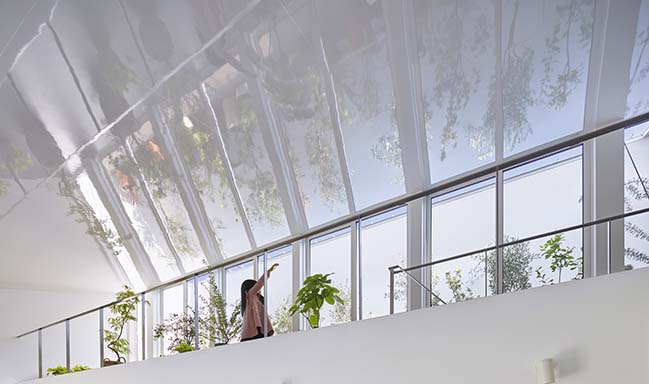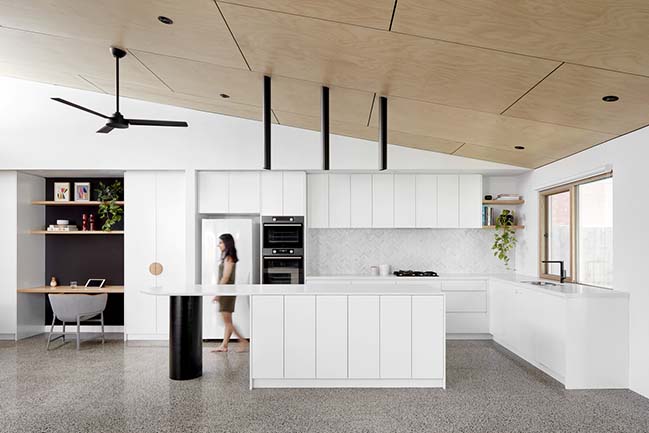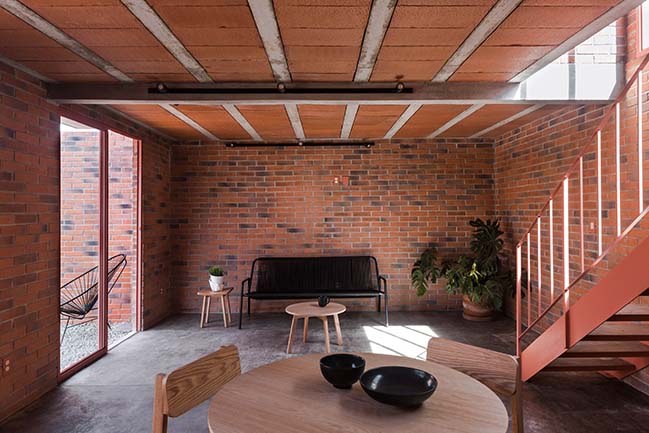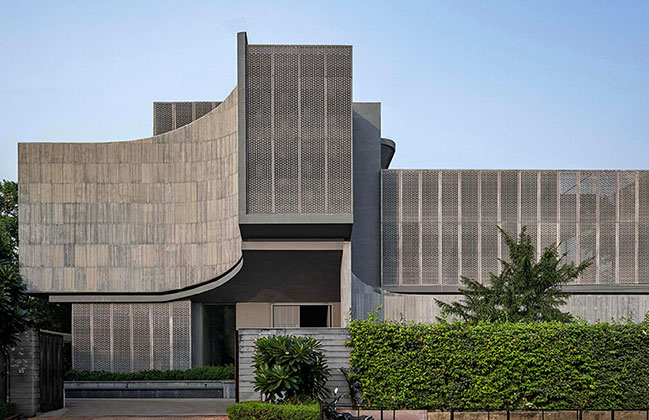03 / 03
2018
The brief was for the creation of an Asian type compound, a series of structures within a walled garden providing seclusion and refuge within a suburban setting, and flexibility for future use.
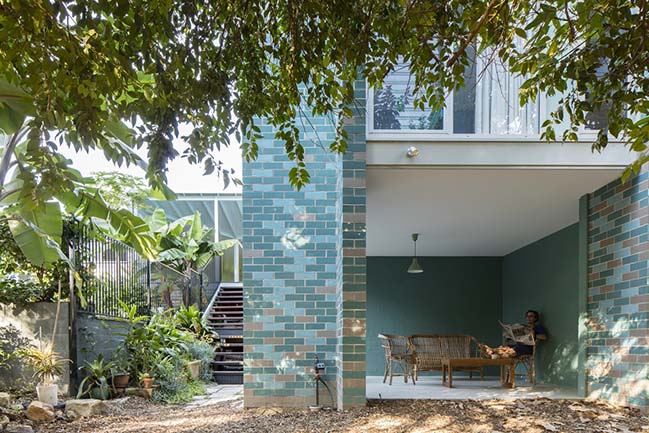
Architect: Still Space Architecture
Location: Sydney, Australia
Year: 2017
Project size: 117 sqm
Site size: 865 sqm
Photography: Brett Boardman
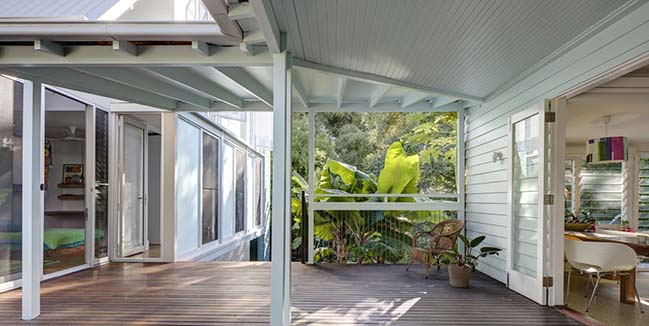
From the architect: The site strategy allows the historic weatherboard house to be kept within its entirety, creating a sequence of garden courtyards linking the old and new buildings. A narrative of movement is created from public to private zones modulated by the verandah, the repetition of structure and framed garden views.
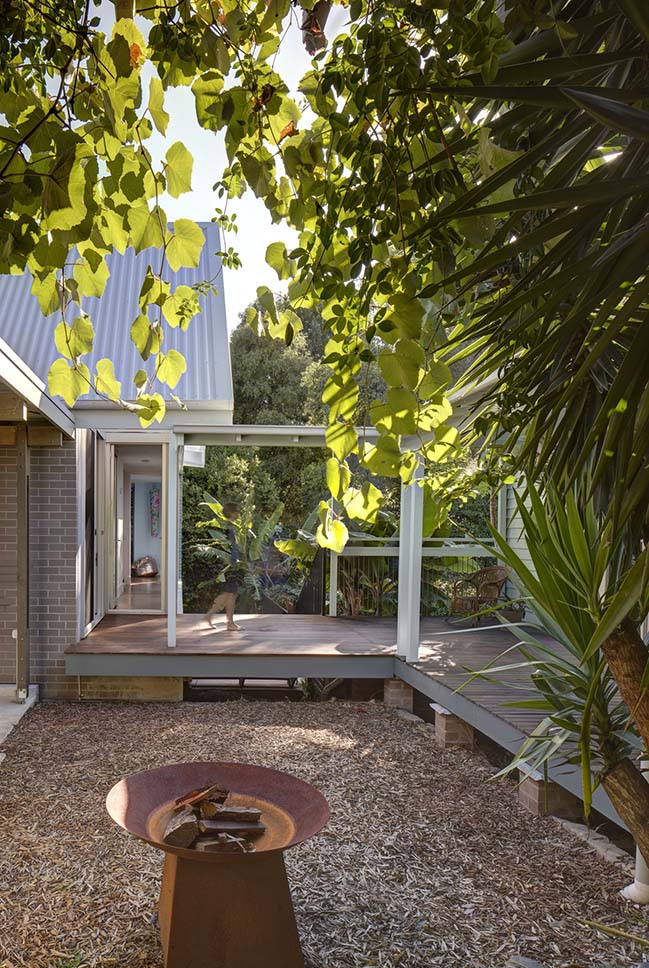
Functions of living and sleeping areas, of day and night, are separated by the verandah, with quieter sleeping spaces carved within the new brick pavilion. Moving from sleeping to living areas allows open interaction with weather and light variations.

Materials are contrasted to highlight separation of form between old and new structures. The pavilion transitions from 1 storey to 3 storey as the site falls to the garden, the scale of this is controlled by the roof form falling steeply to the street. Solid to void ratios on the façade, and material changes ease the height and mass of the form.
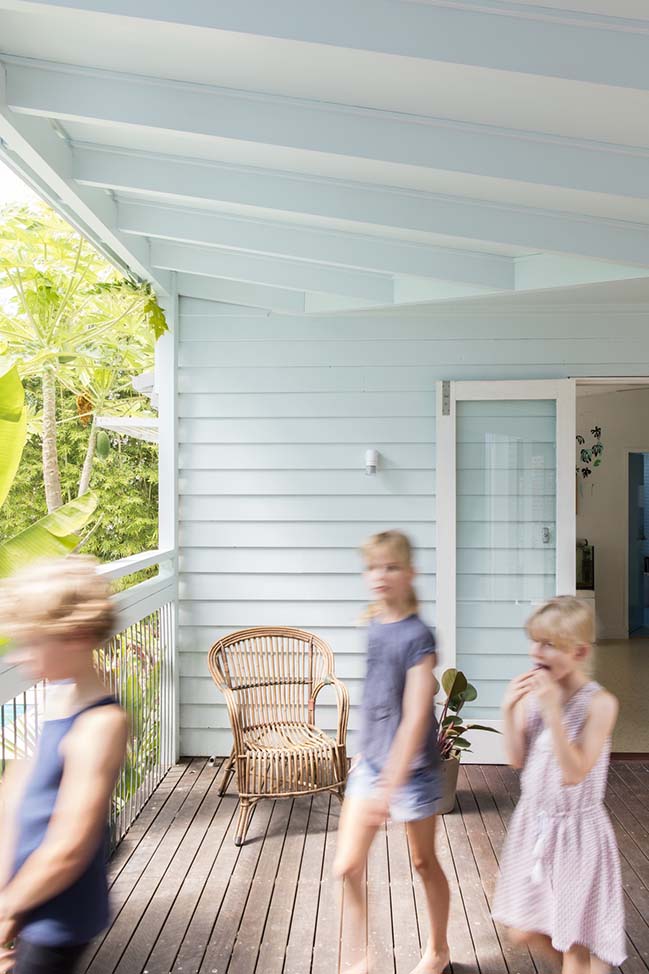
The built form reads as a simple rectilinear form with pitched roofs, in keeping with its suburban context. The massing of form on the site minimises overshadowing, heat gain and strategically blocks and frames views. The pavilion is located on the western boundary, with an enclosing brick wall, the pool façade to the East is transparent and operable. Perforated screens modulate light and channel views into the rainforest garden.
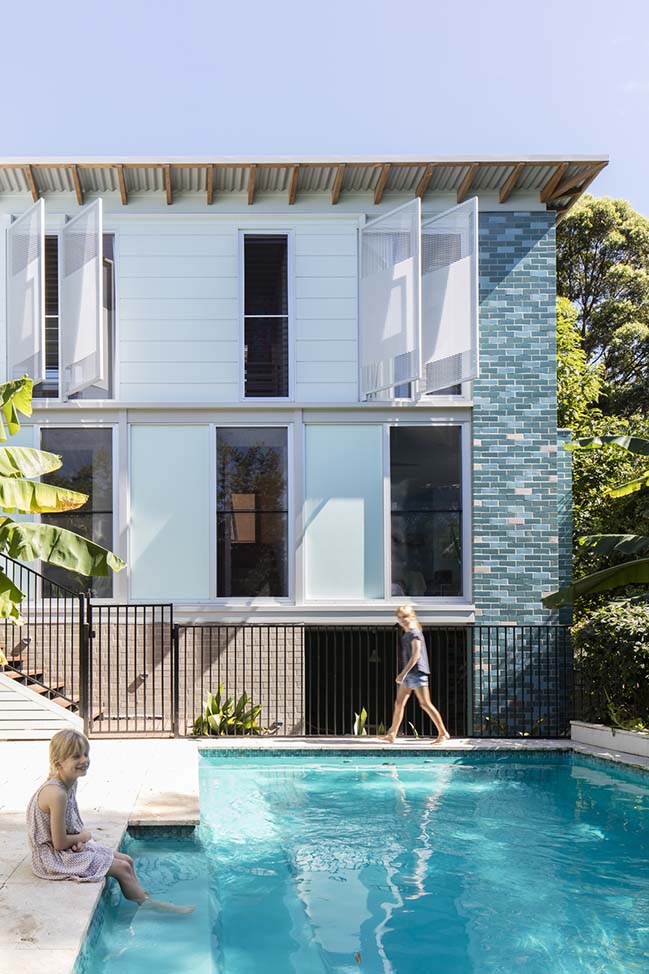
A central stair is open to sky and garden views, its sunken alcove allows a quiet space to dwell. Colour is used to define the volumes within creating intimate spaces for rest. Exterior Turquoise glazed bricks reference the pool reflections.
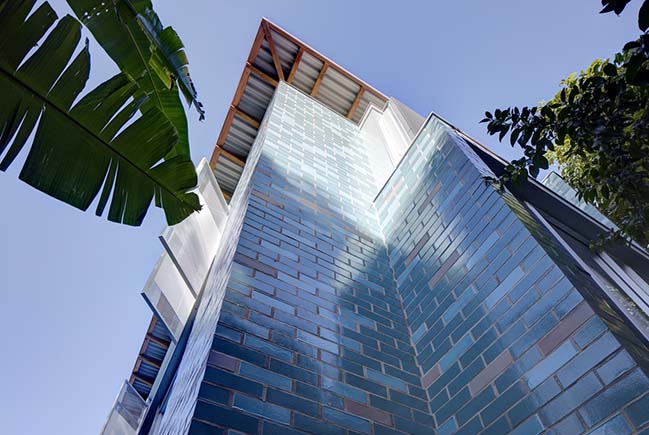
The house functions as a flexible space for the occupants. The structure enables future adjustments and provides multi-generational use in the separation of private and public spaces across day and night. The building form allows the occupants to intimately engage with the landscape.
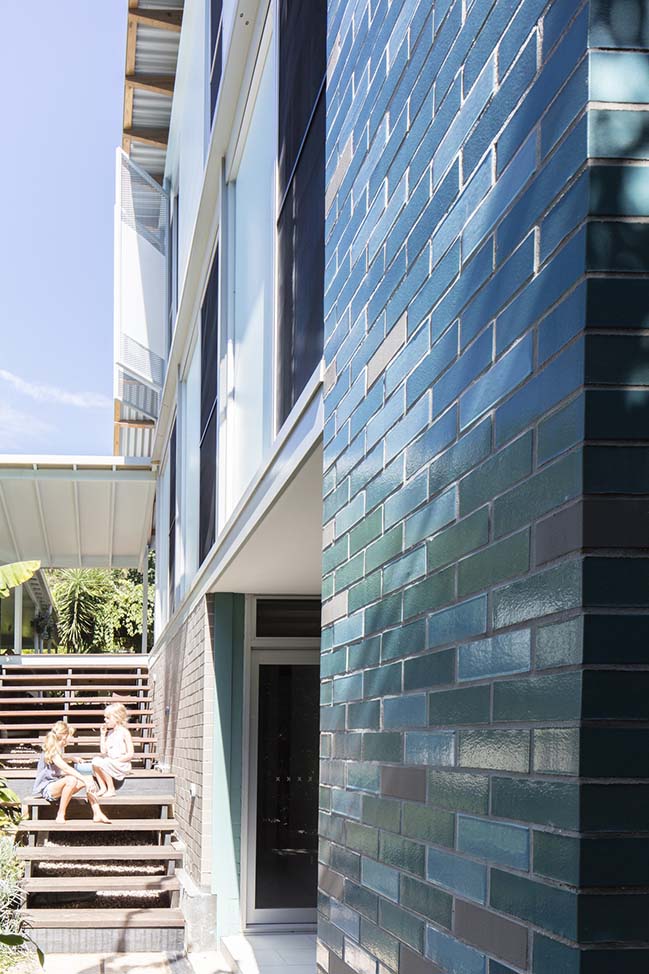
The integration of skilled contractors and consultants and the owner builder model permitted flexibility in construction, and controlling building costs in terms of time, and material selection.
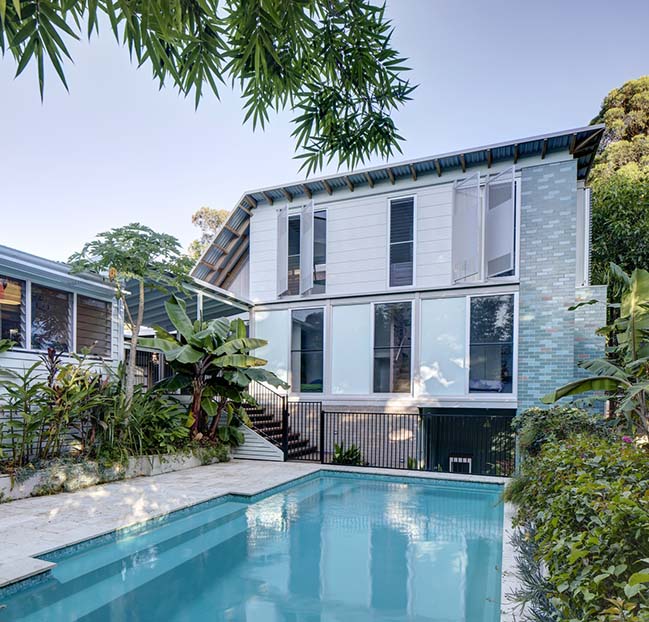
A small footprint warranted specification of high performance robust materials, increasing the longevity and functionality of the house.
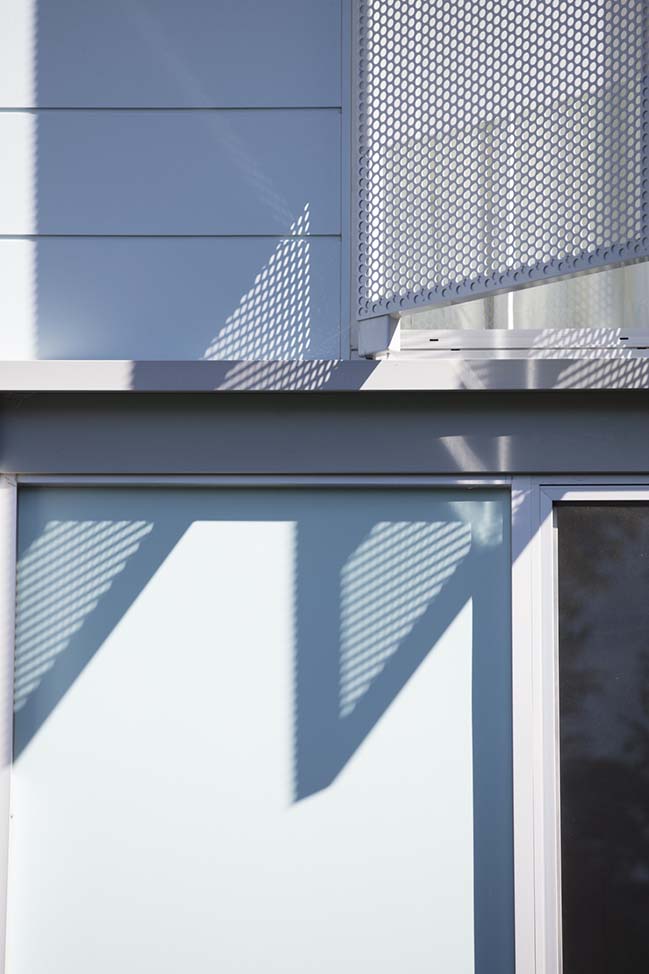
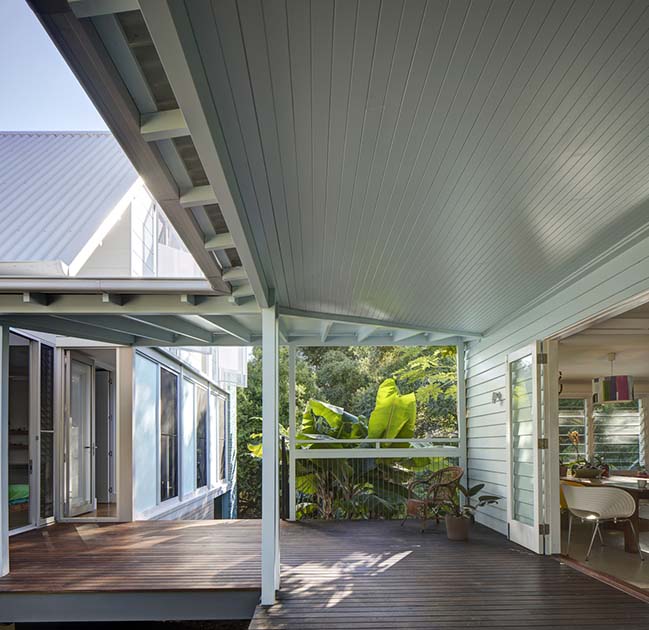
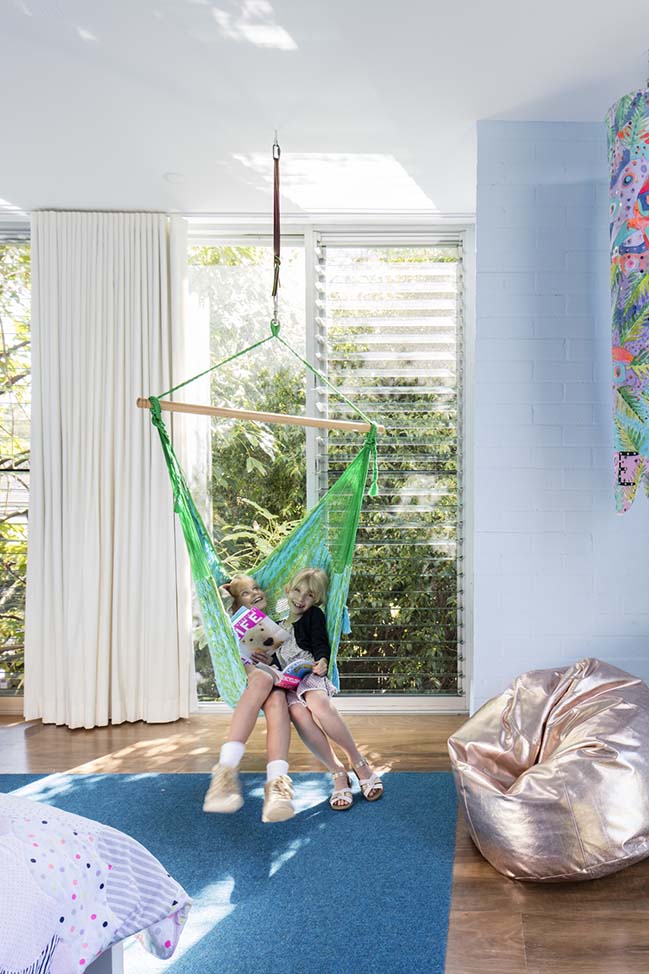
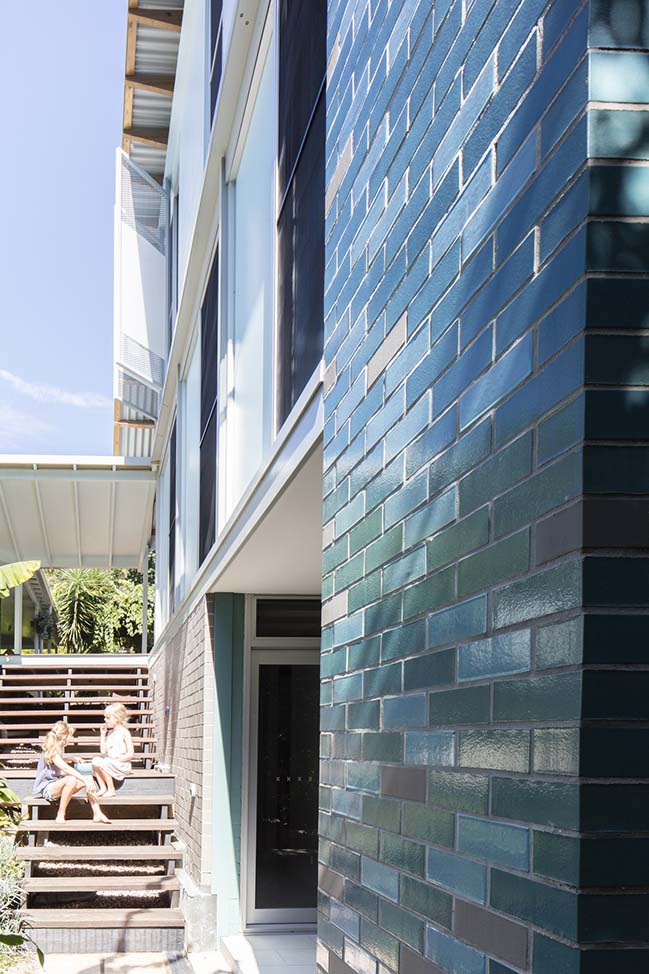
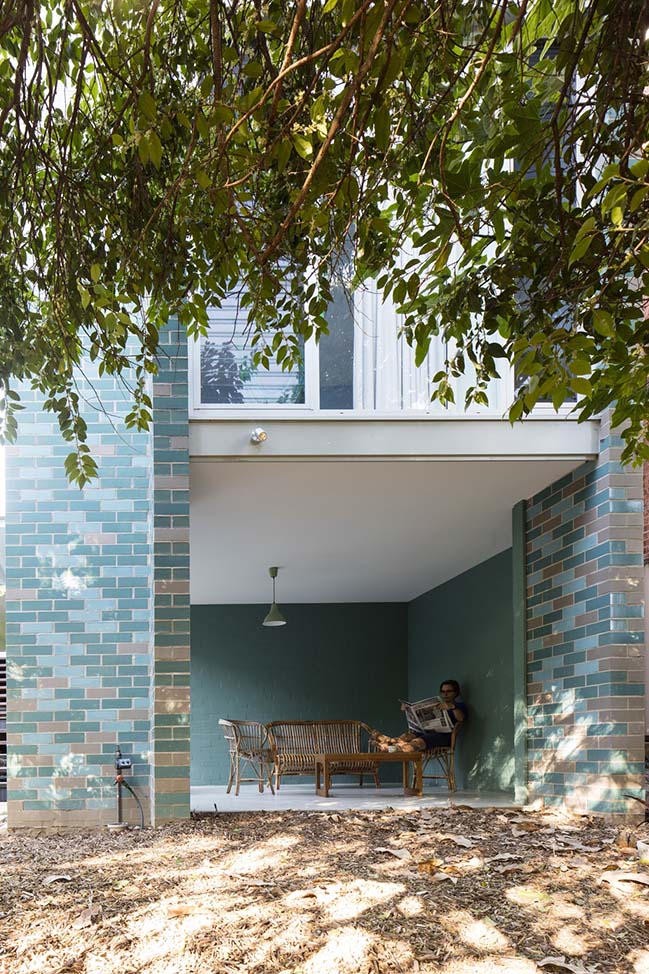
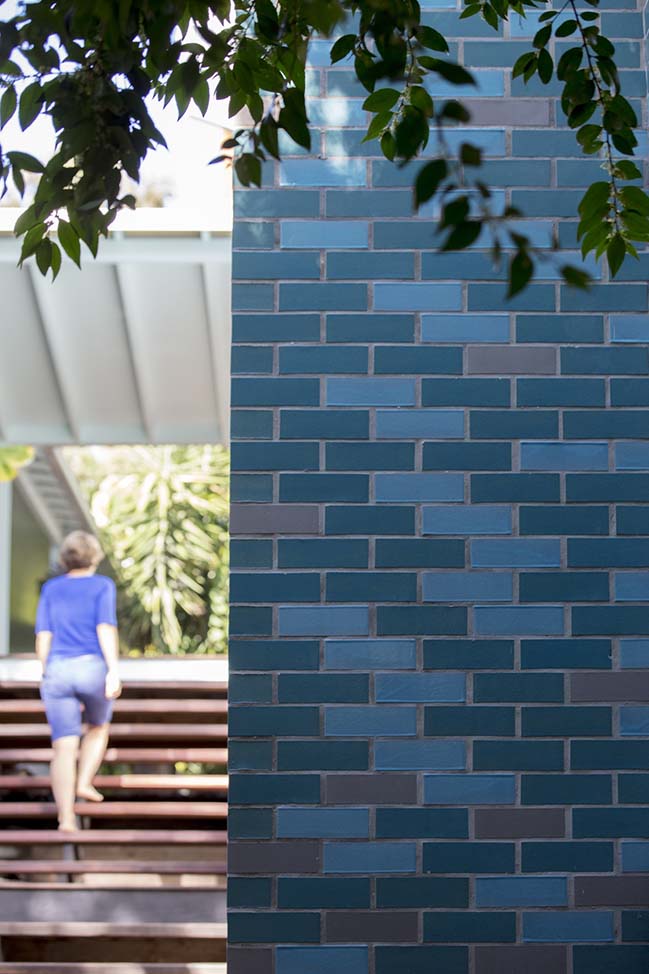
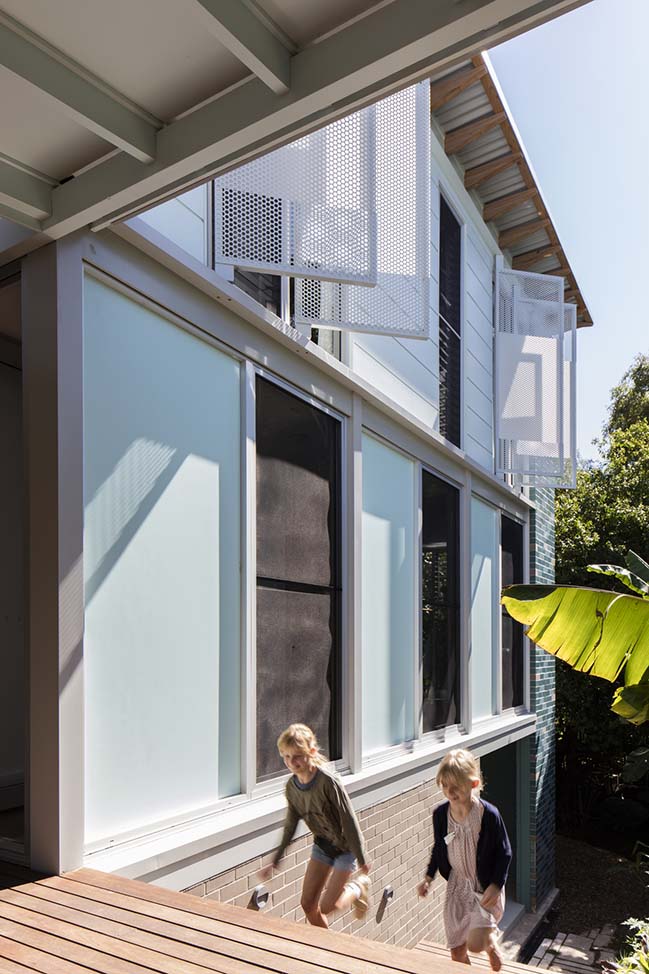
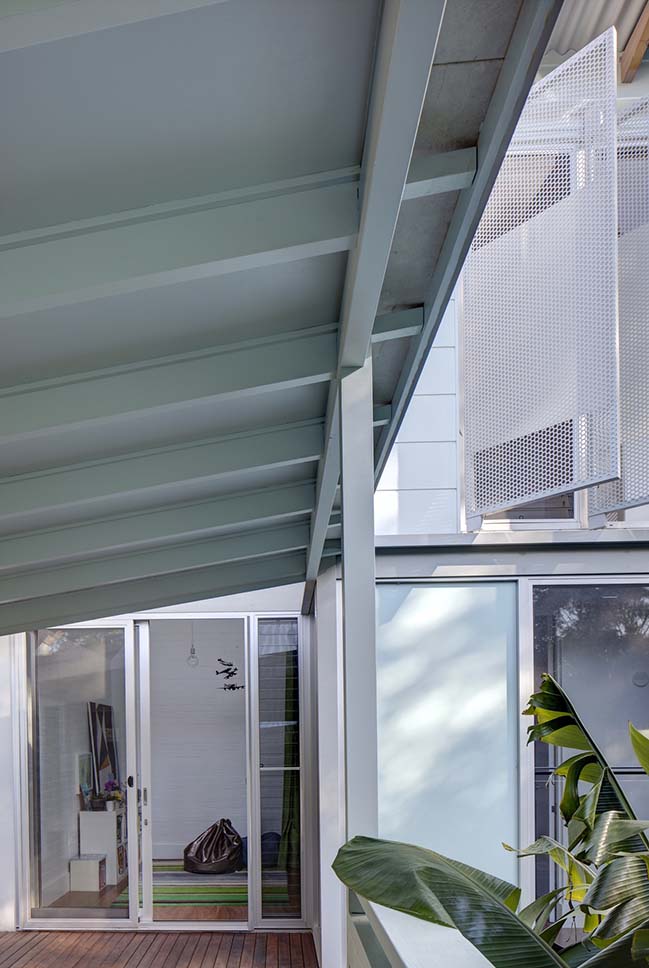
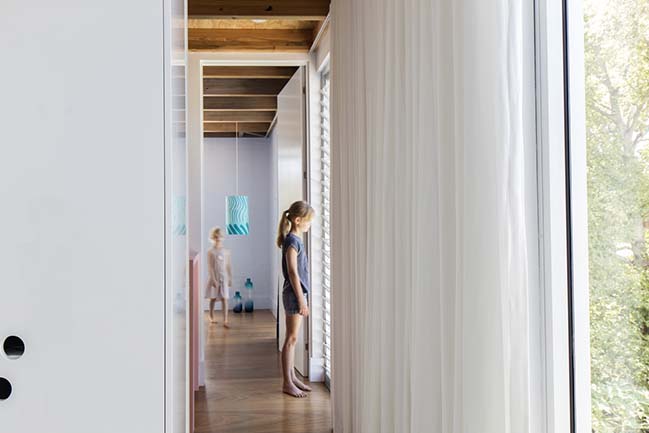
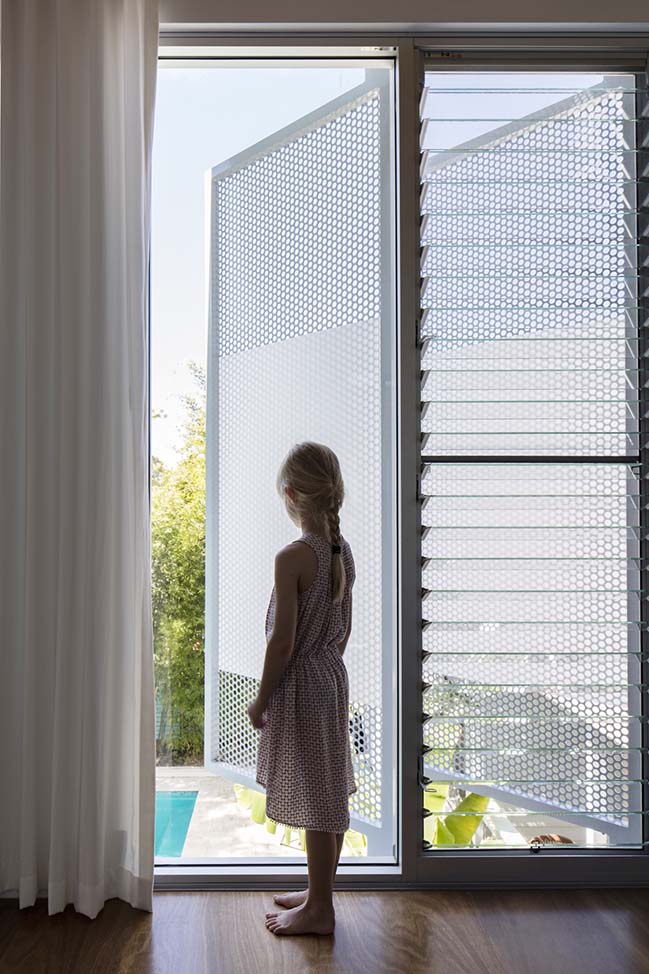
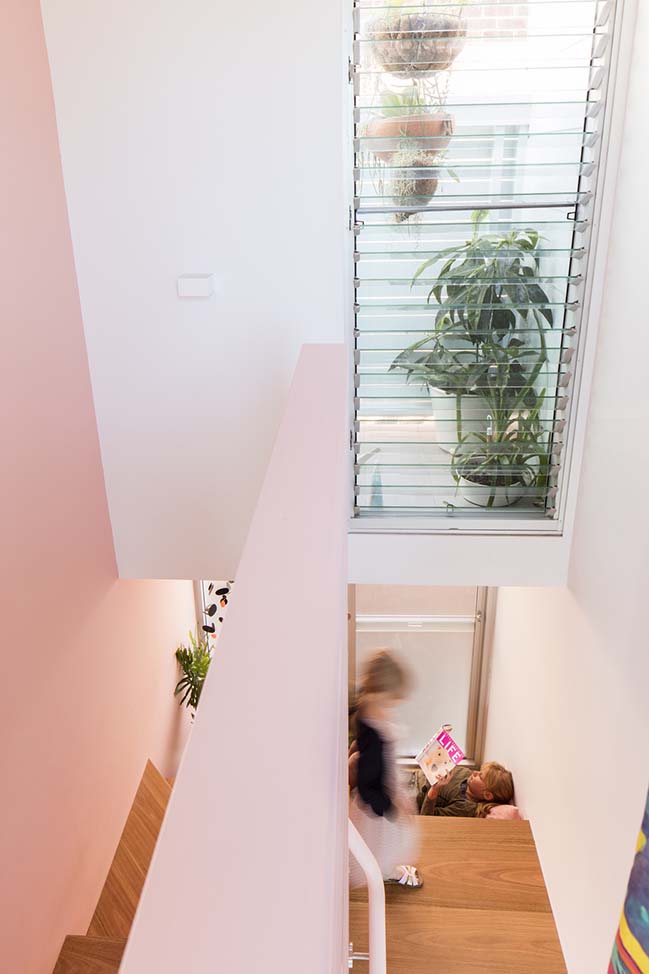
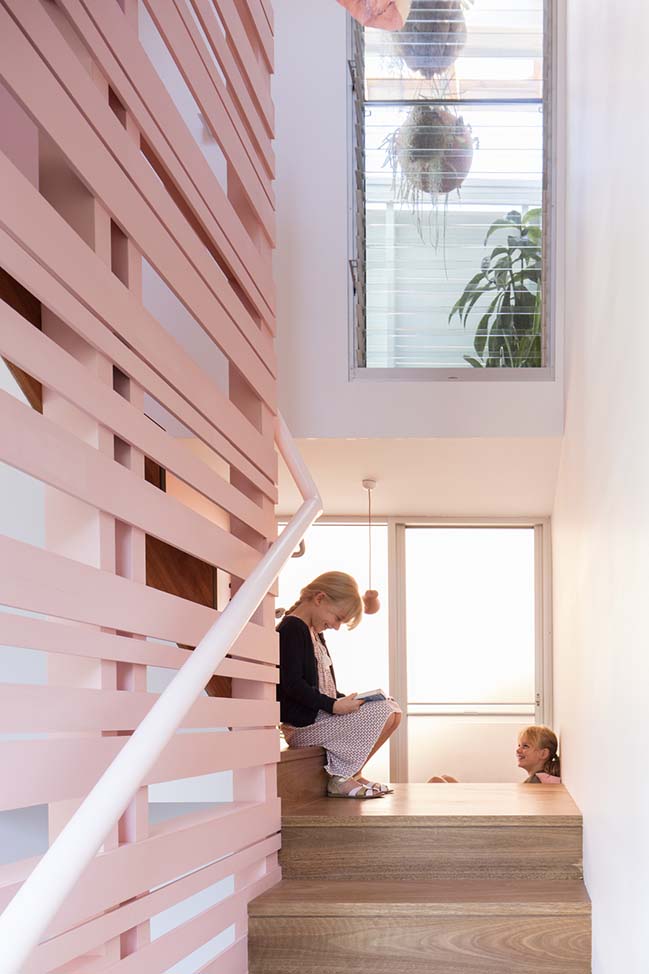
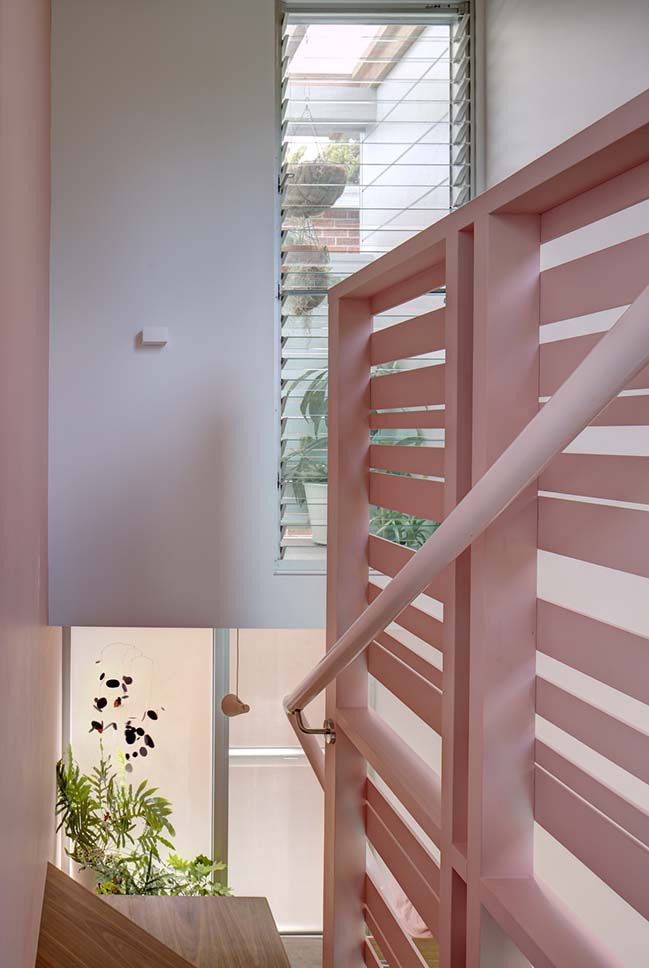
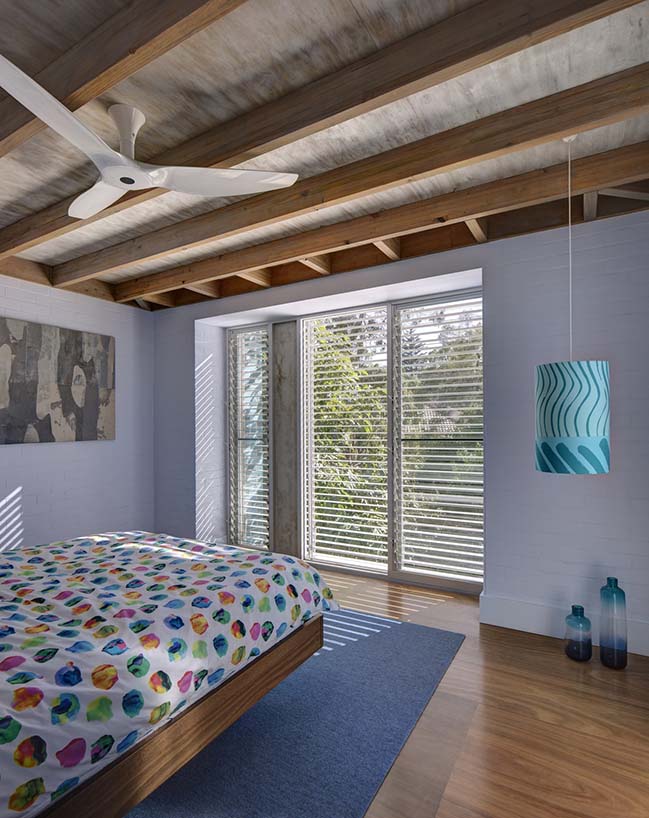
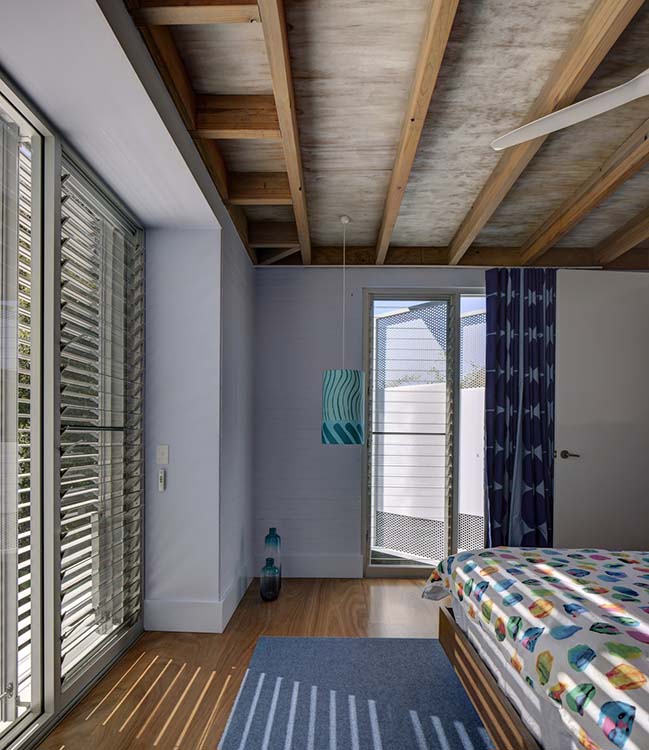
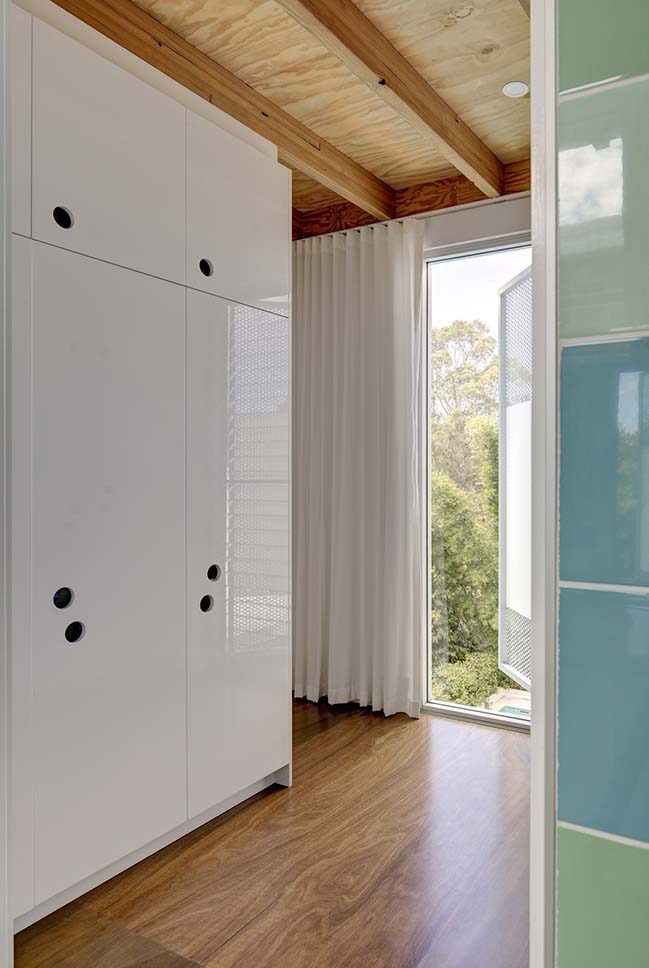
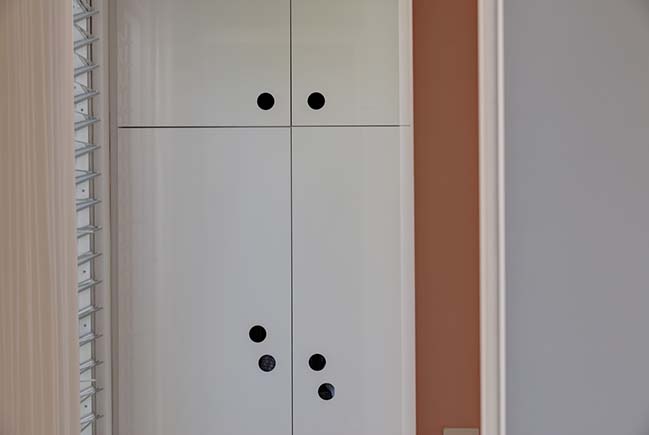
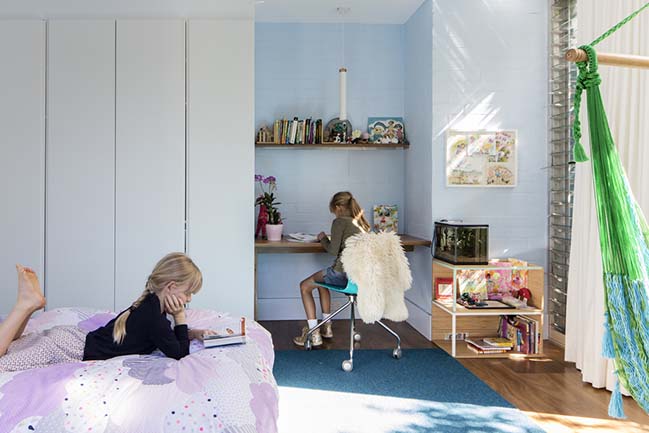
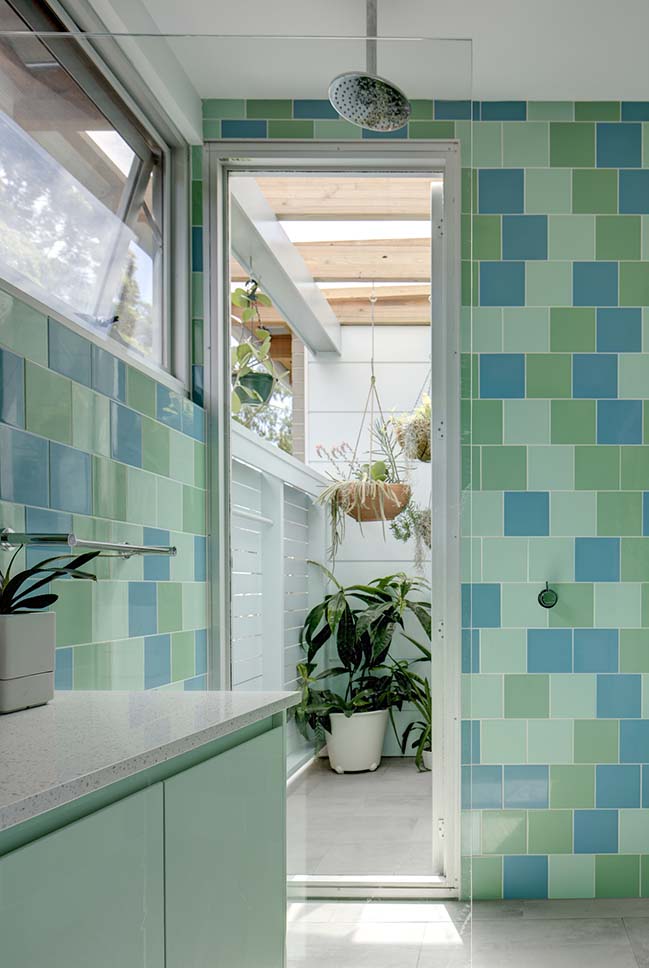
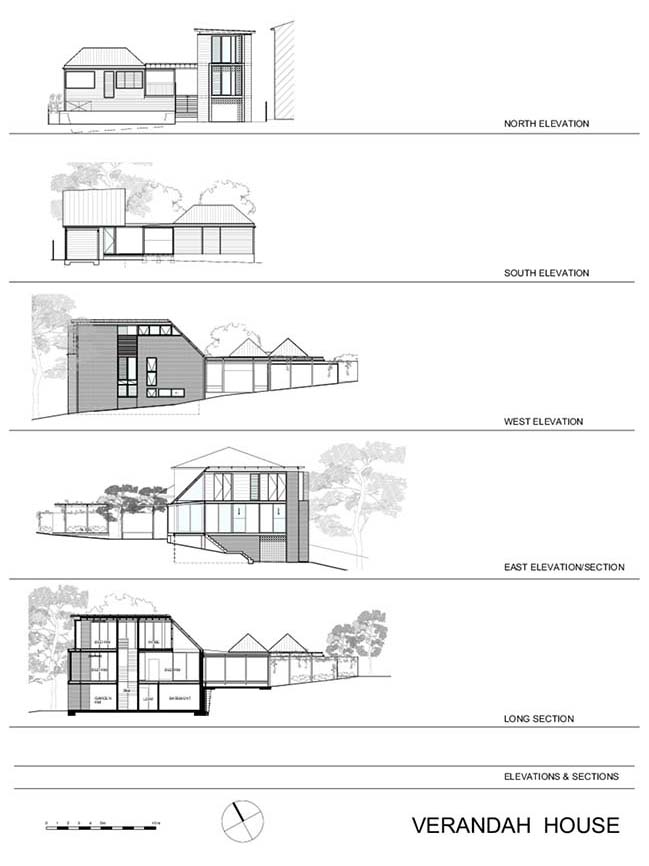
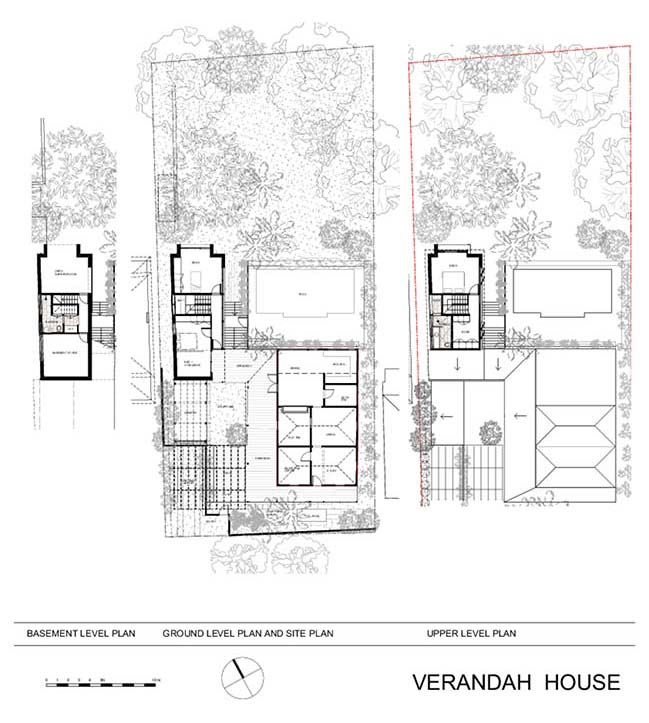
> House Pranayama in Sydney by Architect Prineas
> Contemporary beach house in Sydney by pH plus
Verandah House by Still Space Architecture
03 / 03 / 2018 The brief was for the creation of an Asian type compound, a series of structures within a walled garden providing seclusion and refuge within a suburban setting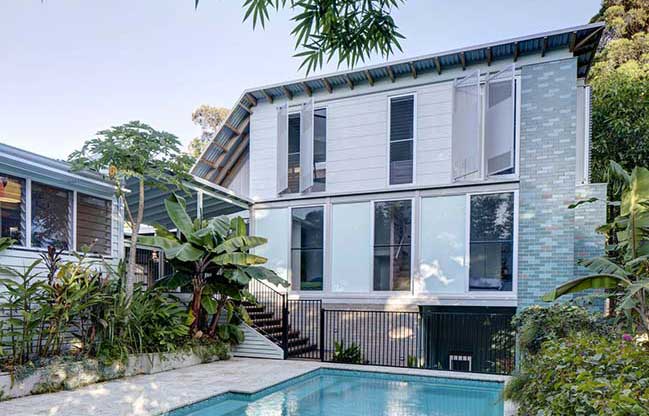
You might also like:
Recommended post: Zen Spaces by Sanjay Puri Architects
